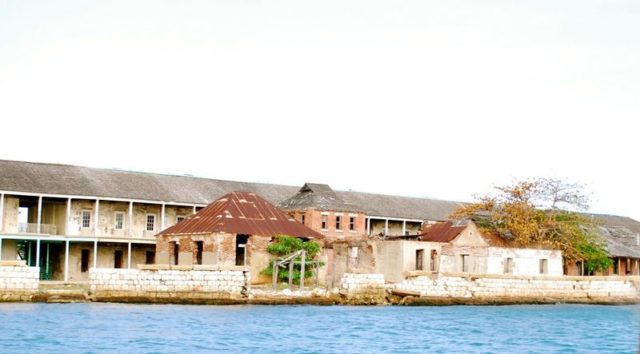An important English port that now lies partly underwater. A place where any unsavoury character could feel right at home, and it all began in the 17th century. Oliver Cromwell, Lord Protector of the British Commonwealth, gave the order to Admiral Penn and General Venables in December 1654 for the Caribbean island of Hispaniola to be conquered.
Penn and Venables were convinced they could not fail, however, the Spanish who held the island were informed about the attack on the city of Santo Domingo beforehand.
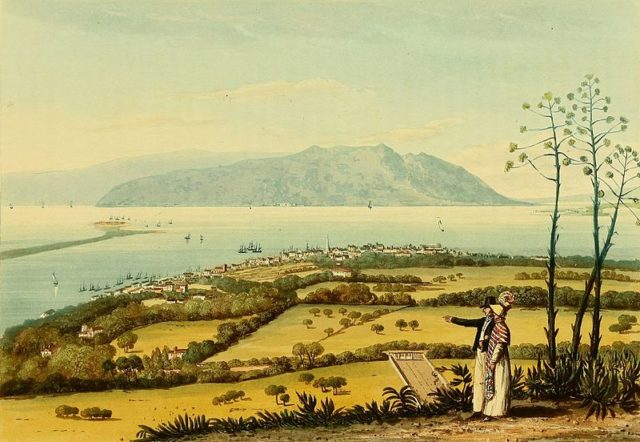
The British were soundly defeated. Penn and Venables were embarrassed by this operation and refused to return to England and stand before Cromwell empty-handed, so they sailed forth to Jamaica. In May 1655, they managed to conquer this island. It wasn’t long before they began to erect a fort at a strategic position which allowed it to control what came in and out of the island. Once finished they named it Fort Cromwell.
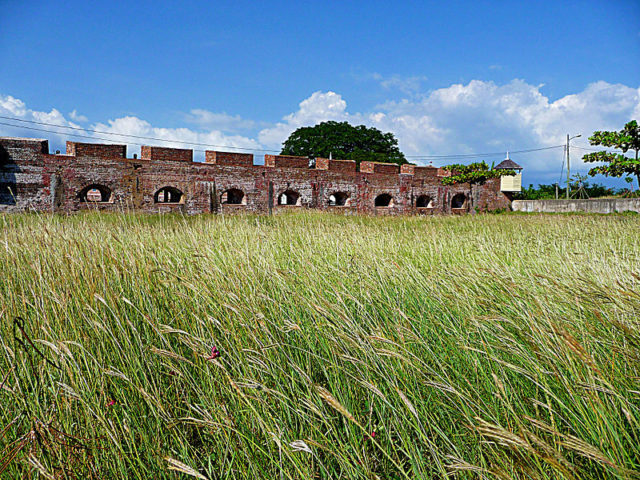
It was around this fort that a small community was slowly being born. A settlement that, back in those days, was known as The Point, and was comprised of craftsmen, merchants, mariners, and prostitutes.
Some years later, when England’s monarchy was restored, both the fort and the community were renamed. The fort became Fort Charles and The Point was renamed Port Royal.
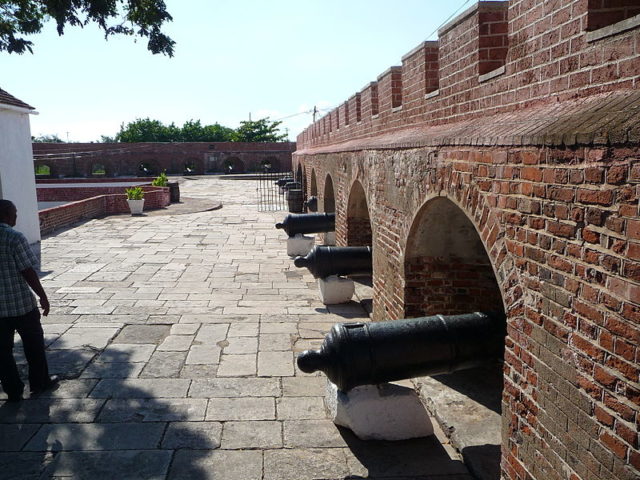
The position of Port Royal was perfect for it stood close to deep water, which meant that even large ships could be docked easily. This is what made the economy of Jamaica skyrocket; Port Royal followed the same upward trajectory.
In no time at all, it became one of the most important ports the English had in the Americas. Sugar and slaves were common exports from Jamaica that enabled merchants and sea captains to enjoy great wealth. But pirates and prostitutes also shared in the port’s plenty. These last two are what gave this port its reputation of the “wickedest city in the world.”

In 1692, the population of Port Royal, according to some researchers, approached 7,000 people. There were around 2,000 buildings built from red brick. By 1692, Port Royal became the only legal port on the island of Jamaica, which meant that its merchants had control over all imports and exports.
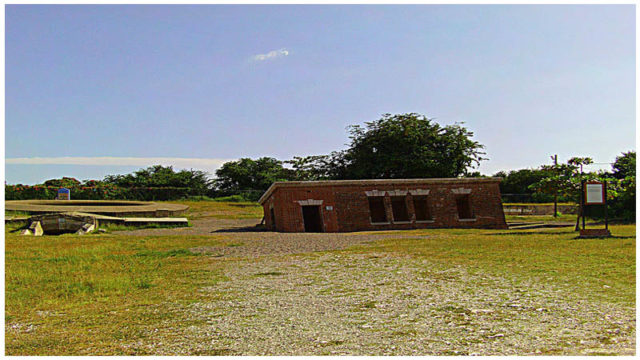
But 1692 will be remembered for something completely different, as this was the year that nature decided to turn against the city. Around noon on June 7, a cataclysmic earthquake caused the northern side of Port Royal to sink and be lost forever. Along with this piece of land, a number of buildings also sank among which were two entire forts, Fort Carlisle and Fort James.
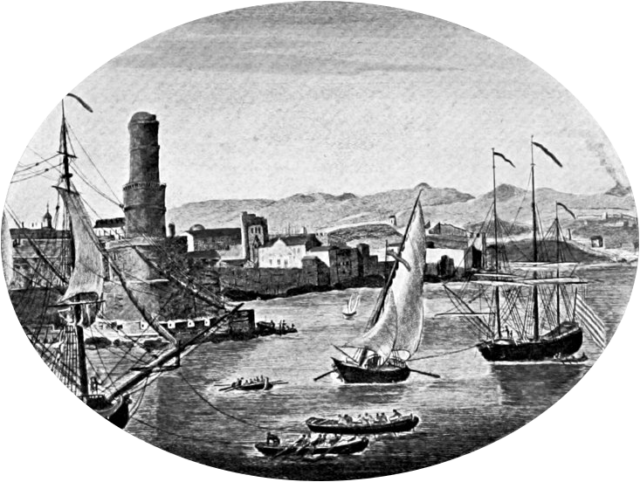
The earthquake caused a tsunami which flooded part of Port Royal, washing away even more property. The problem was that large sections of the ground on which the city had been built was perilous sand that becomes deadly once mixed with water. Following the opinion of a number of scholars, 3,000 people died in this calamitous event and much of Port Royal became an underwater city.
Those who managed to survive were surrounded by death. The authorities struggled to remove the floating corpses from the water and ruined buildings. Up to another 2,000 lives were taken by disease over the following months because of the unsanitary conditions.
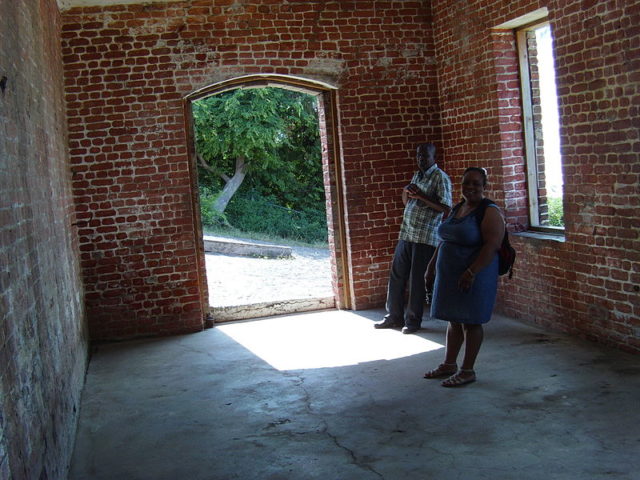
Many years later, the residents of Port Royal tried to rebuild the city. But once, in 1703, more it was destroyed–this time by fire. Then in 1722, Port Royal was hit by a tremendous storm and flooded. Some 28 years later, another fire laid waste upon this town, and then again in 1774 another storm did the exact same as those before it.
With each blow that nature gave, Port Royal became less important, diminishing from a major city to a small village. Today old Port Royal is partly in ruins and part underwater, attracting tourists from all over the globe who are awestruck once they see the half-sunken buildings.
